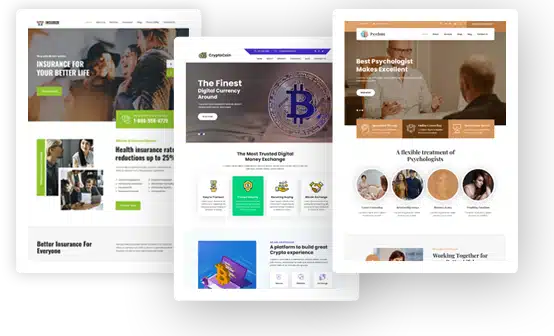Mastering Email Marketing: The Importance of List Segmentation

The Value of List Segmentation in Mastering Email Marketing
Your entire email list may not be the most effective way to contact your target audience if you send out mass emails to everyone on it. List segmentation has a role in this. Your email content can be better adapted to each group’s unique interests and requirements by segmenting your email list into smaller, more focused groups. In this article, we’ll look at the effectiveness of list segmentation and how it can improve the outcomes of your email campaigns.’
What is List Segmentation and Why is It Important?
List segmentation is the process of breaking up your email list into more manageable categories according to predetermined standards, such as demographics, habits, or hobbies. Sending focused and customized communications to each group is the aim of list segmentation, which can lead to increased engagement rates and more conversions. Engaging with email marketing consulting services can further refine your segmentation strategy, ensuring each communication is precisely tailored to your audience’s unique interests and needs. List segmentation is crucial since it enables you to customize your message to each subscriber’s requirements and preferences and send bulk emails to that particular segment rather than sending a generic email to your whole list.
The Benefits of List Segmentation for Your Email Marketing Campaigns
- Increase open and click-through rates
- Improve deliverability
- Boost customer loyalty
- Enhance conversion rates
- Allow for more targeted messaging
- Improve the relevance and effectiveness of your emails
- Lead to higher engagement
- Drive more sales
How to segment your email list effectively?
There are a few key steps you can take to ensure that you are targeting the right audience with the right message:
- Gather data: To segment your list effectively, you must first collect as much information as possible on your members. This includes details about their age, gender, where they live, their past purchasing behavior, and how they interact with your emails. Your segmentation plan will be more targeted and successful the more data you have.
- Evaluate your data: After gathering it, examine it to look for patterns and trends. This can assist you in developing targeted segments based on particular criteria, such as subscribers who have made a purchase in the previous 30 days or subscribers who reside in a particular area.
- Create segments: To establish elements, use your data to identify those that are pertinent to both your subscribers and your business. Create a section of subscribers, for instance, who have bought a particular product or have expressed a particular interest in your brand. Your email list may be segmented easily and quickly with the list segmentation function of services with convenient email segmentation services. This way you can quickly and effectively construct groups based on previous purchasing behavior, email engagement, demographic data, or other factors that are important to your company.
- Personalize your messaging: Customize your messaging to make sure you are giving each group pertinent and targeted material after you have formed your segments. To do this, you might modify your email copy, call-to-action buttons, and subject lines to speak to the specific wants and needs of each group.

Examples of Successful List Segmentation Strategies
One tactic is behavioral segmentation, which divides your list into different groups according to how members respond to your emails and use your website. Customers who have abandoned their shopping carts or customers who have clicked on particular links in your emails can be segmented as a result.
Demographic segmentation, which divides your list according to subscriber traits like age, gender, income, education, or occupation, is another popular segmentation technique. You may design various email campaigns for subscribers in various age groups or for men and women.
A useful tactic is engagement segmentation, which divides your subscriber list into groups according to how much they interact with your emails. Creating segments for subscribers who frequently open and click on your emails, those who haven’t opened them in a while, and those who have never opened them is one way to do this.
Another effective strategy is to buy frequency segmentation, which divides your list into groups according to how frequently subscribers make purchases from your company.
For instance, if you have a group of subscribers who regularly make purchases from your online store, you may send them special offers or give them access to new products before anybody else. As an alternative, you can send a re-engagement campaign to a group of subscribers who haven’t seen your emails in a while to remind them about your company and motivate them to take action.
Conclusion
List segmentation is a key element of an effective email marketing strategy. By segmenting your email list, you can deliver unique, targeted messages to your subscribers that will resonate with them, which could result in higher open and click-through rates. Start using list segmentation right away to advance your email marketing! For beginning consider using a variety of criteria such as demographics, purchase history, email engagement, or behavioral data. Utilize automation tools to automate your segmentation process and personalize your communications with your subscribers.

